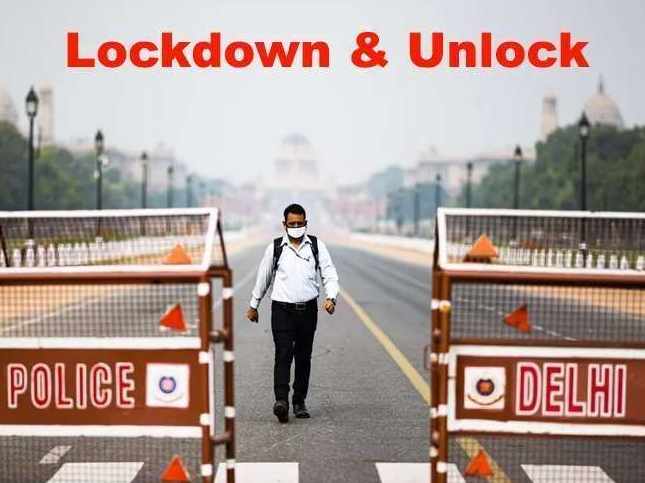The DDMA has directed that COVID limitations or relaxations be enforced in Delhi as soon as possible, in accordance with the Graded Response Action Plan (GRAP). GRAP recommendations must be implemented immediately by all district administrations.
The Delhi Disaster Management Authority (DDMA) has implemented a color-coded action plan in the national capital to combat a probable third wave of coronavirus. The DDMA has directed that COVID limitations or relaxations be enforced in Delhi as soon as possible, in accordance with the Graded Response Action Plan (GRAP). GRAP recommendations must be implemented immediately by all district administrations. Under the color-coded system, daily alerts will be delivered to all districts. Delhi is the first state to implement a COVID-fighting strategy.
“With immediate effect and until future directives,” the DDMA wrote, “permitted/prohibited/restricted operations shall be as per the degree of alerts specified in the Graded Response Action Plan.”
“As soon as any of the three parameters exceeds the stipulated level of alert, ‘the order of alert’ will be issued, and the permitted/prohibited/restricted activities prescribed at that level will become operative automatically,” says the document.
What is Graded Response Action Plan (GRAP)?
Separate criteria are set out in the action plan for four levels of severity, each of which is denoted by a different color code. Level 1 (yellow), Level 2 (amber), Level 3 (orange), and Level 4 (red) are the different levels (red). Separate sets of measures to address the positive rate, active cases, and hospitalizations will be listed based on the GRAP recommendations. The notifications will be categorized as Yellow, Amber, Orange, or Red.
Lieutenant Governor Anil Baijal authorized this color-coded action plan last month. It takes three factors into account: the positive rate, the number of active patients, and the average oxygenated bed occupancy. The strategy recommends levels of alert and associated criteria based on a review of these parameters.
How does it work?
COVID curbs will grow in a specific district when the level of alerts rises. The highest level of alert is red. Even if an orange alert is issued, most commercial and social activity, as well as public transportation, will come to a halt. The following is a list of what each color represents:
Yellow: level 1 alert; the positive rate has exceeded 0.5 percent for more than two days; daily new cases have increased to 1,500; bed occupancy has increased to 500.
Amber: level 2 alert, positive rate above 1%, new cases exceed 3,500, and bed occupancy exceeds 700.
Orange: level 3 alert: positive rate exceeds 2%, new cases exceed 9,000, and bed occupancy exceeds 1000.
Red: the highest degree of alarm, positive rate exceeds 5%, new cases reach 16,000, and bed occupancy hits 3,000.

